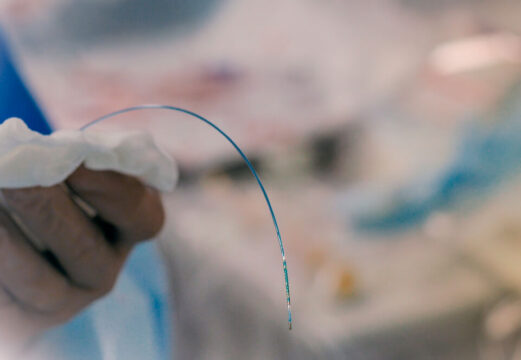Percutaneous intervention of femoropopliteal lesions have been the standard strategy these past two decades. The development of drug eluting stents (DES) or drug eluting balloons (DEB) has improved patency rate compared against conventional balloon angioplasty.

The ILLUMINA -a multicenter study- looked into the polymer free self-expanding stent NiTiDES, which showed at 1 year an 87% patency and 2% requirement of new angioplasty, yet it has not been assessed beyond this period.
Primary end point was efficacy defined as the absence of clinically driven target lesion revascularization or restenosis with peak systolic velocity >2.4 by doppler. Secondary end point was “safety” defined as a composite of clinically driven target lesion revascularization, major amputation, all-cause mortality, and changes in functional class as per Rutherford categorization.
It included 100 patients, mostly men (78%); mean age was 67. Hypertension was the most frequent risk factor, about 35% were diabetic. The most frequent symptom was intermittent claudication Rutherford class 2-3.
Efficacy primary end point presented 83% patency at 2 years, while safety secondary end point reached 87% event-free in the same period of time.
Read also: ACC 2022 – Complete Trial QoL: Complete Revascularization in STEMI.
At 12 months most patients saw improved functional class, which was maintained at 2 years.
Conclusion
The ILLUMINA showed the efficacy and safety of NiTiDES in the treatment of femoropopliteal lesions at 2 years. We need further study to compare against other DES.

Dr. Andrés Rodríguez
Member of the Editorial Board, SOLACI.org
Original Title: 2-Year Results With a Sirolimus-Eluting Self-Expanding Stent for Femoropopliteal Lesions. The First-in-Human ILLUMINA Study.
Reference: Sabine Steiner, MD, et al Am Coll Cardiol Intv 2022;15:618–626.
Subscribe to our weekly newsletter
Get the latest scientific articles on interventional cardiology




